The best abs workouts: 8 exercises you should be doing to train your mid-body muscles, according to an expert trainer
The best abs workouts should feature a mix of static holds and dynamic movements, like the ones below


Ab workouts are always in high demand—they’re the subject of more than 1.8 million Google searches every month. These mid-body muscles are responsible for the famous six-pack shape and form part of your core; a group of muscles that link the upper and lower body, providing support and stability to your entire frame.
To help you get the best abs workout possible and bust some myths around training this body part, we enlisted the expertise of New York-based fitness instructor Jennifer Simpson and ACE-certified personal trainer Melissa Kendter.
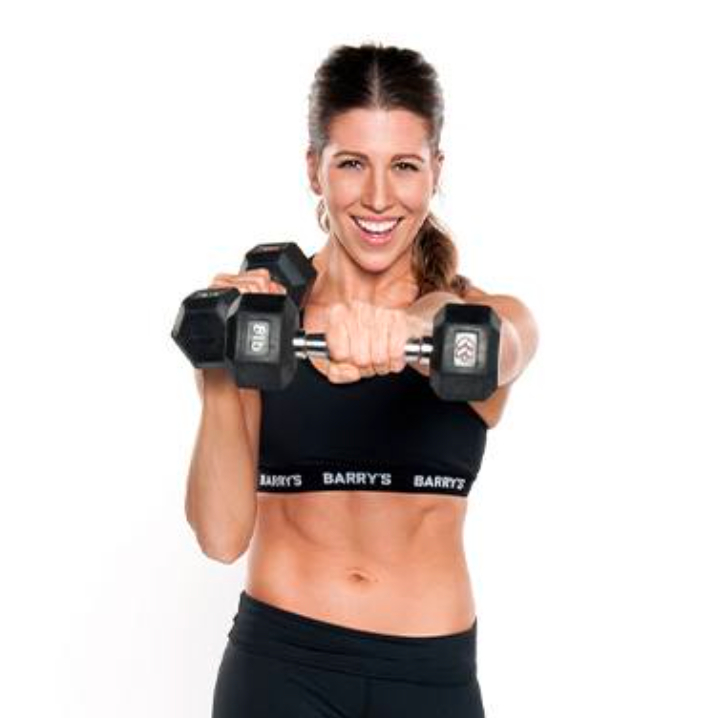
Jennifer Simpson is the Chief Instructor at Barry's in New York City. She originally trained as a professional dancer, which inspired her to move into more general fitness. Simpson believes that workouts should be fun and effective, helping you get results while having fun.
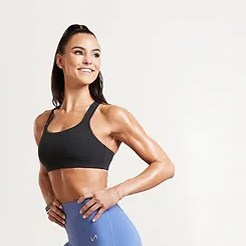
Melissa Kendter is a a functional strength coach, UESCA running coach and ACE-certified personal trainer. She is a multi-marathon runner and triathlete, who teachers both online and in person.
Best ab exercises to strengthen your core
Simpson helped develop this eight-move routine to strengthen your abdominal muscles. You can do multiple rounds for an extended ab workout or add them to the end of your usual routine as a core-focused finisher.
The aim is to do each move for 30 seconds, gradually increasing the time to a minute without breaks between exercises as you get used to the technique and get stronger.
1. Plank
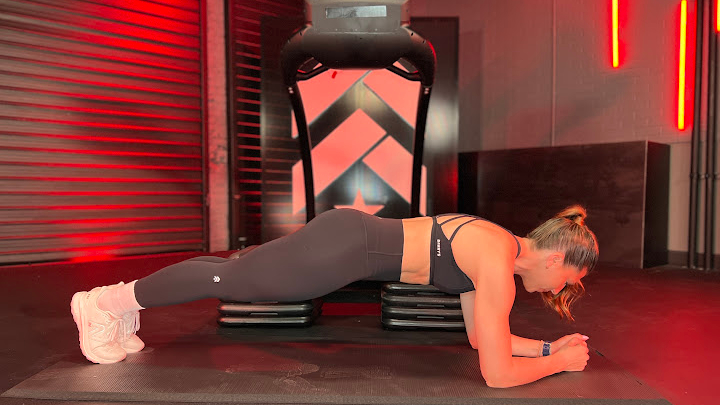
Learning how to do a plank can be very beneficial for your abs and core. "Planks are an isometric core exercise that targets all four abdominal muscles and has many benefits, including better balance, stronger posture, and reduced back pain," Simpson explains.
"The fun thing about planks is that you can add many different movements to them to make your workout more interesting, challenging, and effective."
- Lie on your front, and rest on your forearms with your arms at 90 degrees.
- Keep your body in a straight line from your head to heels, engage your core, and keep your back flat.
- If you feel your lower back arch, straighten your back and engage your core/abs by clenching the muscles around your stomach.
- Hold this position for 30 seconds.
2. Side planks
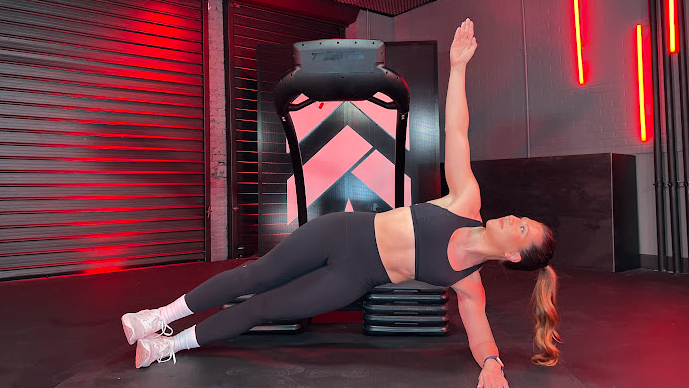
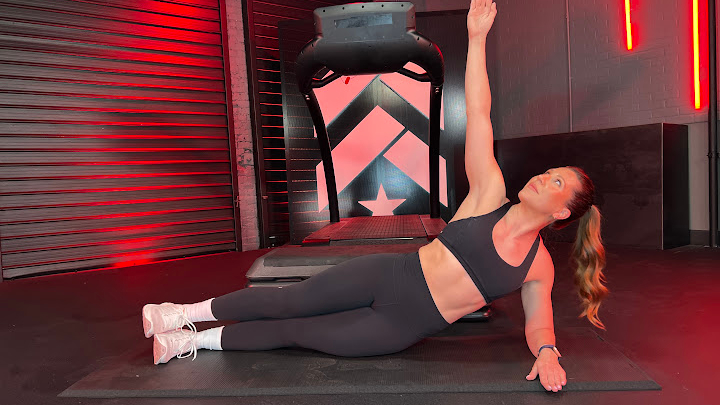
Plank variations are a great way to work other muscles around your abs. According to Simpson, this right-side plank specifically targets external and internal oblique muscles.
Start your week with achievable workout ideas, health tips and wellbeing advice in your inbox.
To strengthen the muscles on both sides of your abs, it's crucial to work your right and left body equally. So, repeat this move for the right and left sides, holding for 30 seconds on each.
- Lie down on your mat on your side, with your legs and feet on top of each other and your forearm at 90 degrees on the floor.
- Engage your core and lift your hips off the mat, holding your weight on your forearm and the side of your foot.
- Hold this position for 30 seconds.
- You can increase the challenge by lifting your top leg straight up or dipping your hips up and down toward the ground.
3. Sit-ups
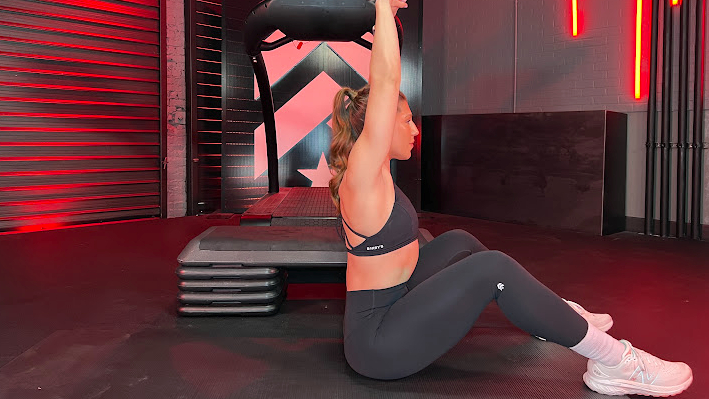
Sit-ups are one of the most effective ways to engage your abs, which is why they're a staple of most workout routines. But you shouldn't aim to pack in as many as you can in 30 seconds, says Simpson.
"Sit-ups can be most effective when you focus and take your time," she explains. "You're squeezing your rectus abdominis to start pulling yourself up; then your transverse abdominis engages to help you come all the way up and gently lower back down."
- Lie down on your back with your legs bent at a 45-degree angle and your feet firmly on the ground.
- Place your hands on your temple and slowly lift your upper body so your chest raises to meet your knees.
- Slowly lower your upper body back down again. That's one repetition. Repeat for 30 seconds.
4. V-sit holds
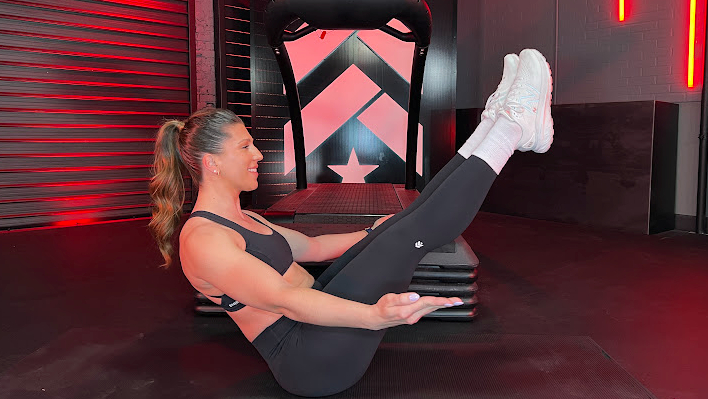
"V-Sit holds help target your rectus abdominis and external and internal oblique muscles," Simpson explains. "There are options for bent legs or straightening them all the way out for more of a challenge. This move is generally held for at least 30 seconds."
- Lie down flat on your back with your arms by your sides.
- Engage your core as you raise your legs as high as possible while keeping them straight.
- At the same time, lift your torso upwards so you form a V-shape in the air.
- You can keep your hands on the floor or bring them up to meet your feet, depending on what feels more comfortable.
- Hold for 30 seconds, then slowly bring your legs and torso back to the ground.
5. Russian twists
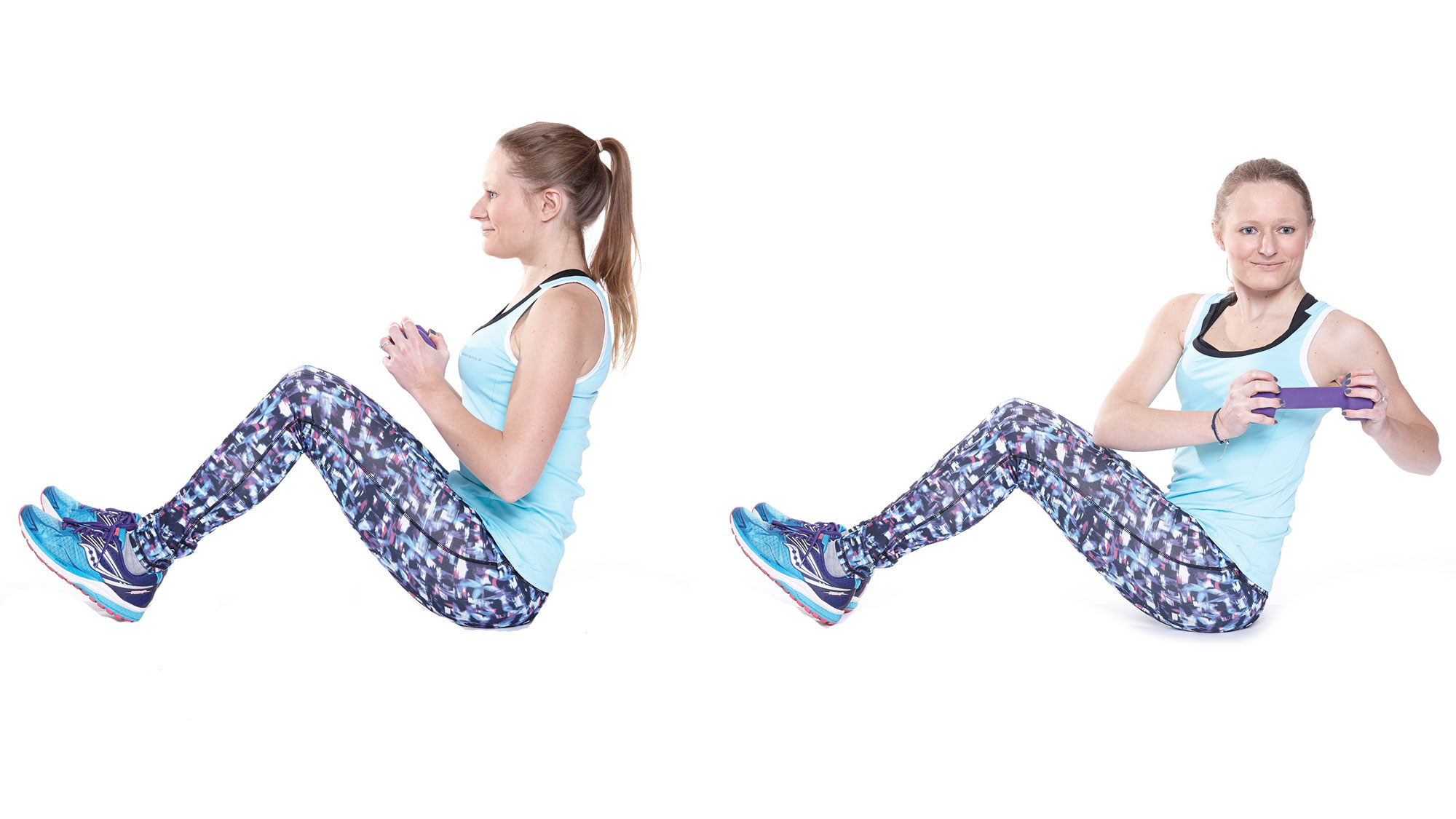
The Russian twist is one of the best workouts for upper abs. Once mastered, this is a great exercise to start adding some weights like a dumbbell or kettlebell, as this promotes the gradual overload that stimulates muscle growth and strengthening.
- Adopt a sit-up position with knees slightly bent and heels on the ground.
- With a straight back and shoulders retracted, rotate the torso to the left until the fingertips touch the ground (or twist as far as you can if holding something heavy).
- Ensure this twisting motion is undertaken with the abdominal muscles, rather merely rotating the shoulders (that’s cheating!).
- Rotate in the opposite direction and tap the floor to the right of your hips and continue this movement and repeat until the time period is over.
6. Reverse crunches
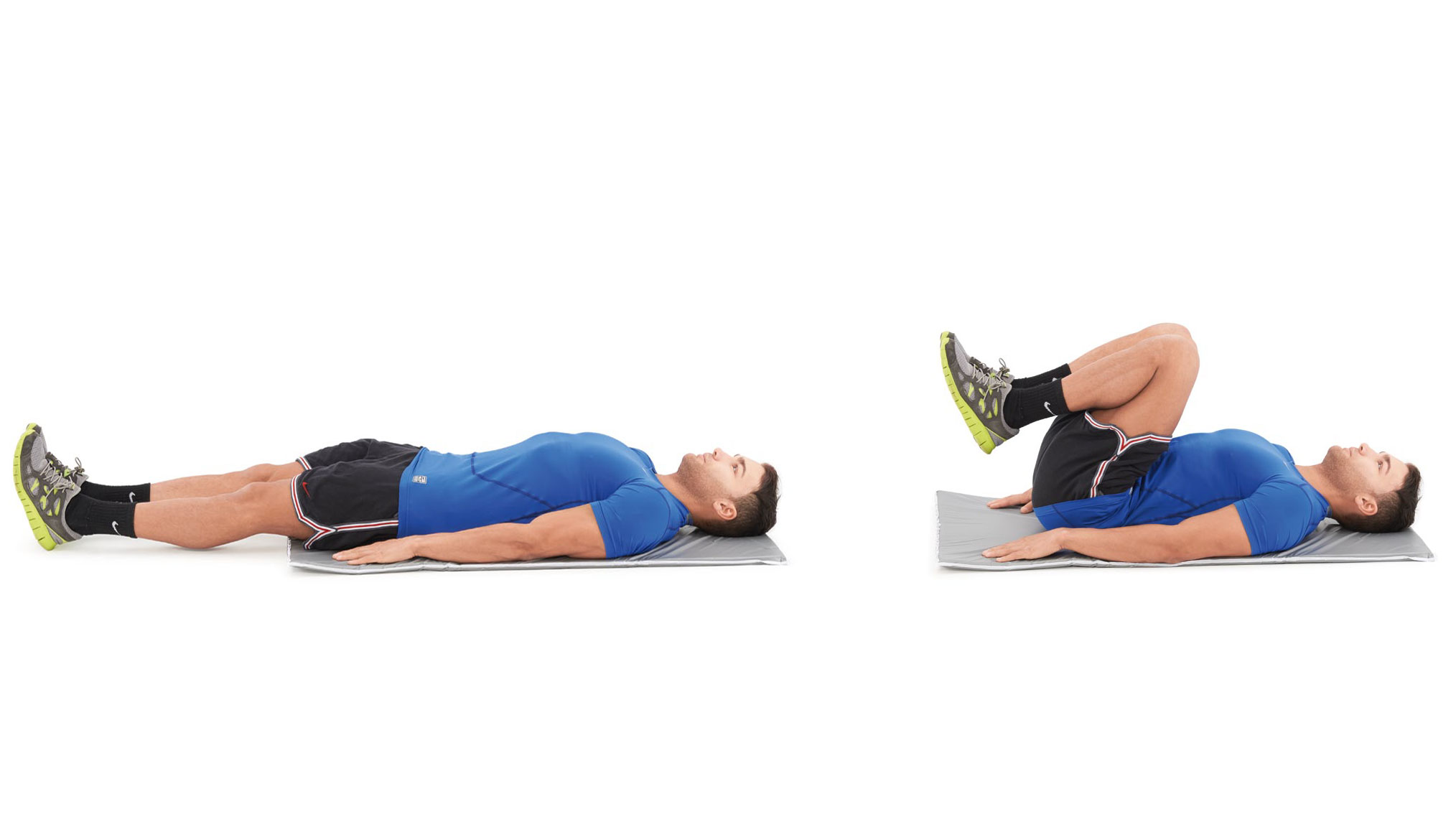
Rather than bringing your body up from the floor to your legs as you would in a traditional crunch, the reverse crunch adds the weight of your lower body into the mix, making it a great option for training your upper abs.
- Lay flat on your back, arms out to the side and palms pressed into the floor for balance.
- Bring your knees together and raise your feet off the ground so your shins are parallel to the floor below.
- From here, breathe in and tense your abdominal muscle, tilting the pelvis so your knees travel towards your chest.
- Don’t allow momentum to ruin the move, so avoid swinging your legs towards your chest. This should simply be a controlled tensing of the abs to tilt the pelvis.
- Return the legs to the start position in a controlled manner and repeat, ensuring the move is slow and controlled throughout.
7. Deadbugs
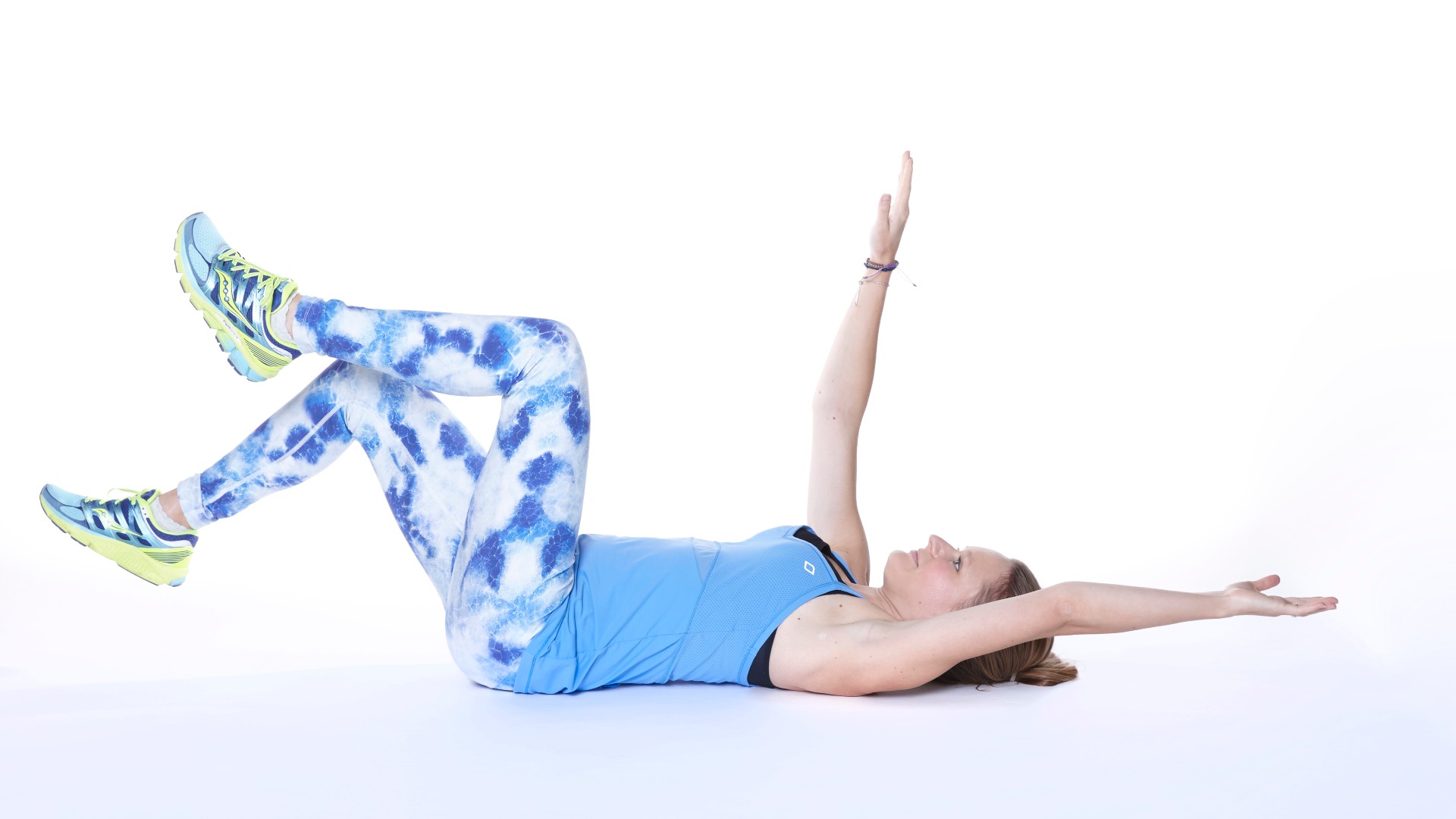
The Deadbug is a great move for exercise beginners, and although it looks simple, when done properly it's a great lower and upper ab workout. Plus it can help strengthen back muscles and boost posture, so long as your back stays pressed against the ground.
- Lie on the ground, back flat on the floor. Your arms should be right above you in the air, and legs should be up in the air with knees at a 90-degree angle.
- Slowly lower your left leg straight out in front of you, until it's just inches from the ground.As you do so, lower your right arm behind you towards the floor.
- Pause, and bring both your left leg and right arm back to their start position. Then do the same with your right leg and left arm.
8. Mountain climbers
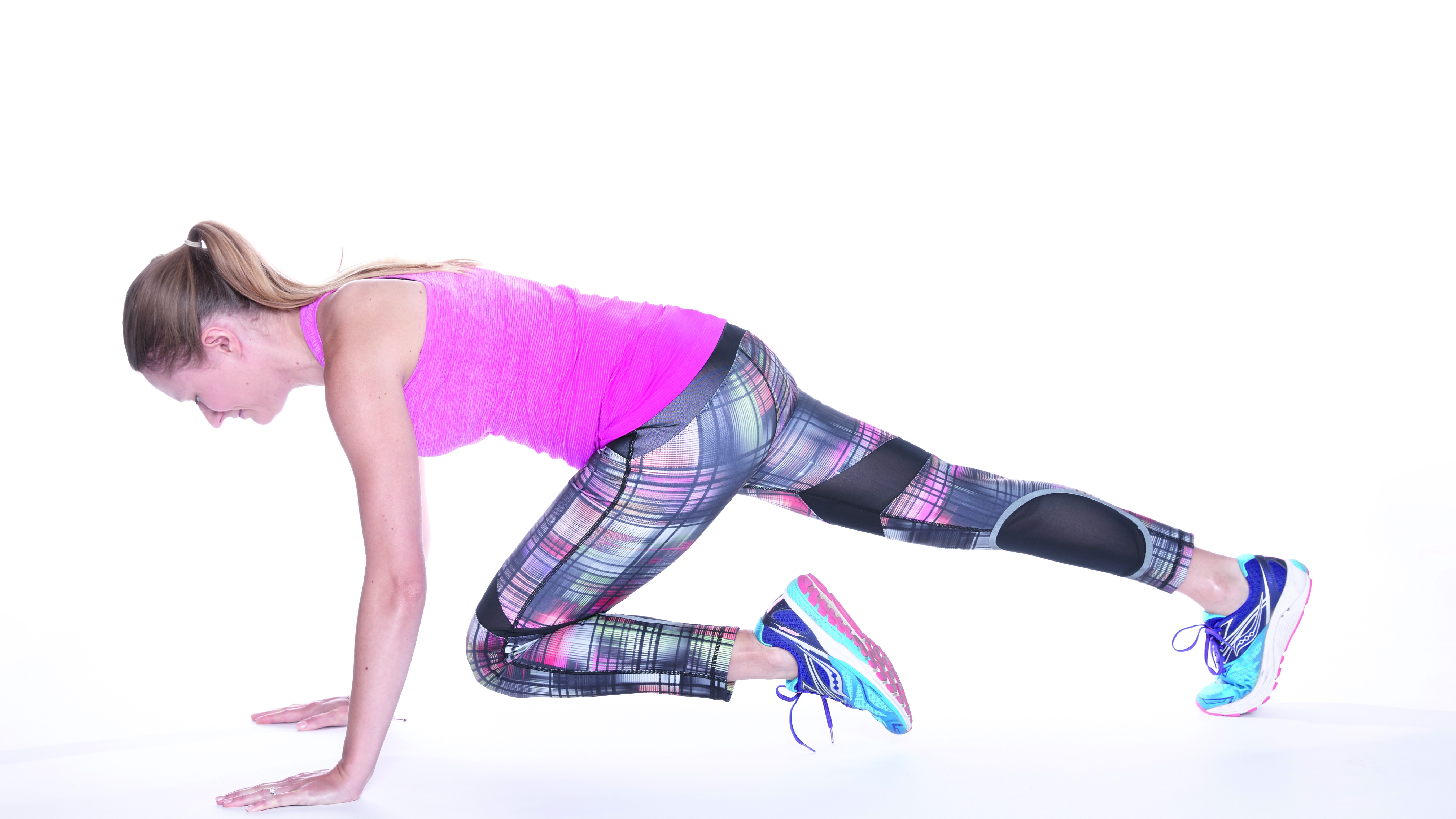
Mountain climbers help work your obliques, the muscles that run either side of your core. Throughout the movement, keep your back flat and core tight, and ensure your shoulders are directly over your wrists/hands.
- Start in a plank position, with your shoulders above your wrists, body straight, and body balancing on your toes.
- Then, slowly, bring your left knee towards your right elbow. Pause, engage your core with your back flat, and return the left leg to the start.
- Next, do the same with your right knee, bringing it towards your left elbow.
- Repeat this pattern for 30 seconds.
FAQs
Are abs exercises good for burning belly fat
"Evidence suggests that abs exercises are not very effective at ‘targeting’ belly fat because you cannot spot reduce fat—training one area of your body will not necessarily help you burn fat in that area," explains strength coach and personal trainer Melissa Kendter.
Instead, the areas where your body holds fat are largely determined by genetic factors, according to this study in the Diabetologia journal.
“The only way to reduce abdominal fat is to reduce overall body fat," says Kendter.
If this is your goal, she recommends “a well-rounded strength training routine, including properly dosed cardio and good nutrition with plenty of protein, fiber and portion control”.
For more ideas on how to reduce weight, have a look at our rowing for weight loss plan or read through our guide to the best exercise machines to lose weight.
What are the best exercises for lower abs?
When people talk about the "upper abs" and "lower abs", they’re referring to different portions of the same muscles: the rectus abdominis. These are the muscles found on the front of the stomach, between the ribs and the pubic bone, responsible for the six pack shape.
A 2014 study by the American Council of Exercise measured activity in the upper rectus abdominis and lower rectus abdominis during 15 popular abs exercises, including the boat pose in yoga, ab wheel rollout, bicycle crunch and plank.
From the results, researcher Dr Porcari concluded: "There really doesn’t appear to be any difference between the upper and lower abs. You can’t selectively recruit the upper abs versus the lower abs. And this study reinforced the fact that, across 15 different popular ab exercises and ab devices, there really was no difference."
So, if you want to train your lower abs, ACE-certified trainer Kendter recommends training the rectus abdominis as a whole, as well as working to strengthen your entire core.
"You can target and strengthen this area by doing compound lifts like squats and deadlifts, as well as specific core work like the dead bug, mountain climbers, forearm rocking plank, bird dog, v-up and hollow hold," she says.
Why is it important to work out your abs?
There are four main muscles around your abs; the rectus abdominis (the six-pack muscle), external obliques, internal obliques, and the transversus abdominis. These muscles help to make up part of your core muscle.
Whether you're looking to build abs for that six-pack look or want to strengthen your core, there are many benefits that'll impact your training and help with everyday tasks, too.
"The benefits include better posture, reduction of back pain, injury prevention, improvement in lifting objects and functional strength," Simpson tells us.
According to Simpson, training your abs can also help to improve your overall athletic performance and balance. She adds: "It is important to work your abs because you want to create a strong core to help stabilize the rest of your body."
How often should you work out your abs?
According to Simpson, focusing on ab workouts three times a week should be enough to help build your core and give your muscles enough time to rest and recover.
"Your abdominal muscles require rest and recovery like any other major muscle group," Simpson explains. She also recommends alternating these sessions with full-body workouts with compound exercises, as these routines "engage your core while you do them."
If you're focusing on your abs to build a six-pack, you'll also need to reduce body fat around your stomach. You can't spot-target fat, so it's best to do high-intensity HIIT workouts for fat loss and use the best protein powders for weight loss to promote recovery.
Becks is a freelance journalist and writer with more than 7 years of experience in the field. She writes health and lifestyle content for a range of titles including Live Science, Top Ten Reviews, Tom’s Guide, Stylist, The Independent, and more. She also ghostwrites for a number of Physiotherapists and Osteopaths.
Health has been a big part of Becks’ lifestyle since time began. When she’s not writing about the topic of health, she’s in the gym learning new compound exercises. And when she’s not in the gym, she’s most probably reading.
